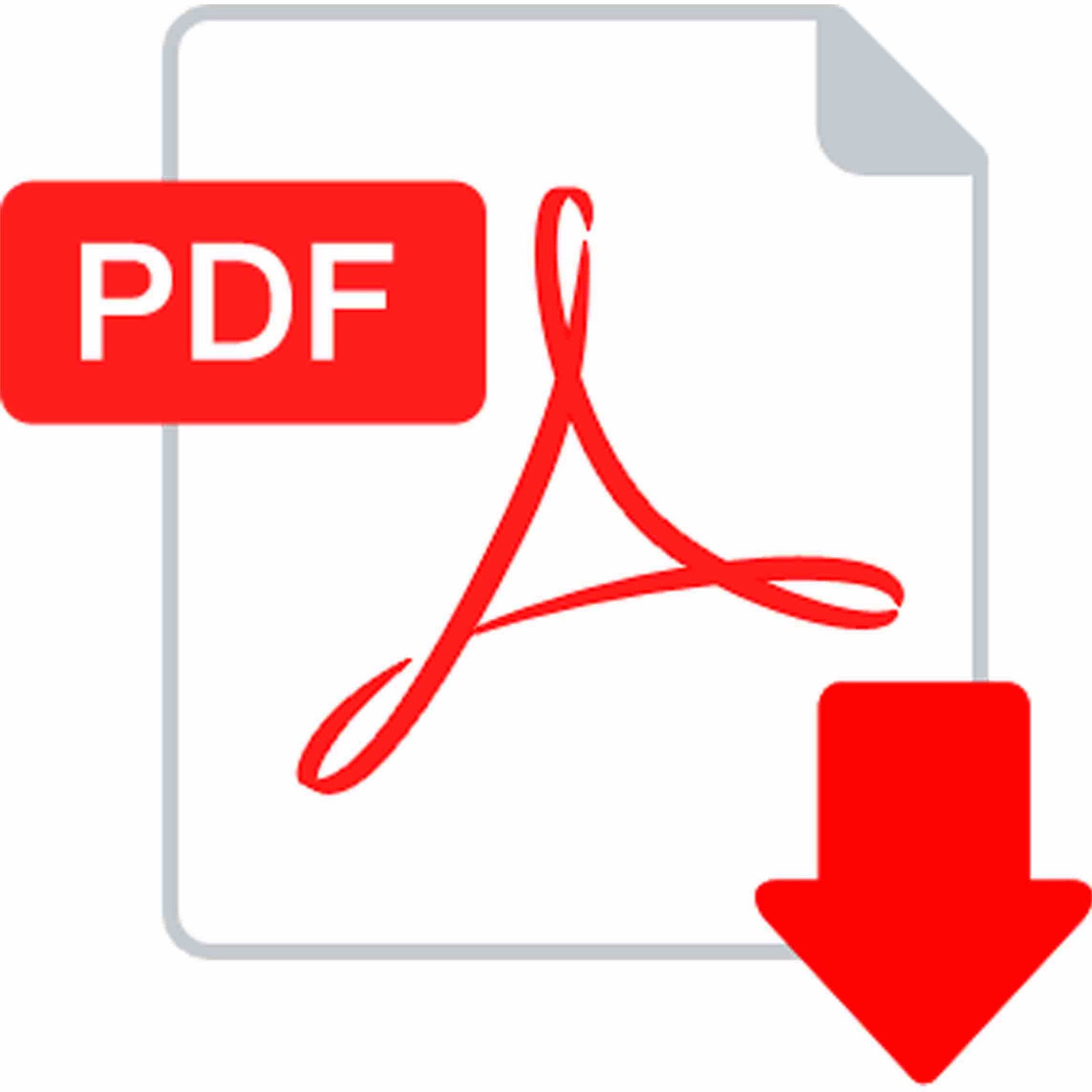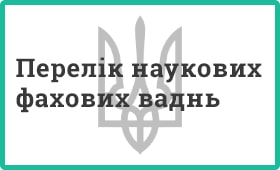| JEL Classification: E31; E43; E52; E58. | DOI: https://doi.org/10.31521/modecon.V49(2025)-30 |
Telnova Наnna, Doctor of Economics, Associate Professor, Professor of the Department of Business Analytics and Digital Economy, State University «Kyiv Aviation Institute», Kyiv, Ukraine
ORCID ID: 0000-0002-5724-7229
e-mail: hanna.telnova@npp.nau.edu.ua
Counter-cyclical Adjustment of the Key Rate During the Crisis: Analysis of the Practice of Countries of the World and Ukraine
Abstract. Introduction. Monetary policy is a powerful tool to regulate or offset the negative effects of the crisis. The lever of the official interest rate has proven its effectiveness in these processes over a long period of time. Particularly noteworthy is the reduction of the key interest rate in times of crisis, which affects economic growth trends and the level of inflation.
Purpose. The purpose of the study is to generalize the experience of the application of countercyclical monetary policy in the countries of the world during the crisis period. The objectives of the study are: to establish the presence of differences in the application of monetary policy during both crises of 2008 and 2020; to state the descriptive characteristics of the effectiveness of monetary policy one year after the crisis; to justify the feasibility of regulating the key rate to overcome the negative consequences of the crisis.
Results. The generalization of the experience of the application of countercyclical monetary policy in 41 countries of the world during the crisis periods of 2008 and 2010 by means of cluster analysis methods allowed to state the trends of the spread of the use of low key interest rates during the pandemic in comparison with the period of the global financial crisis. It was found that the greatest effectiveness in controlling inflation was achieved by the countries with the lowest key rates, but the rates of economic growth in these countries are quite limited. It was found that the timely response of central banks to the unfolding crisis, as well as the maintenance of the policy rate at a low level during the post-crisis year, is important.
Conclusions. Taking into account the results obtained, as well as the effective experience of the NBU’s monetary policy during the pandemic, it is noted that the time lost at the beginning of a full-scale invasion to lower the discount rate was not sufficient. Taking into account the current state of the national economy, as well as the cluster analysis conducted, it seems appropriate to gradually reduce the NBU discount rate to 1-3% and maintain a low rate for a year after the end of hostilities in Ukraine. The practice of countries around the world shows that such a monetary policy during a crisis not only allows to contain inflation, but also contributes to the post-crisis recovery.
Keywords: key rate; monetary policy; central bank; inflation; economic growth; crisis.
References:
- State Statistics Service of Ukraine. (2025). Retrieved from https://www.ukrstat.gov.ua/
- NBU Raises Key Policy Rate to 25%. (2025). Retrieved from https://bank.gov.ua/en/news/all/natsionalniy-bank-ukrayini-pidvischiv-oblikovu-stavku-do-25.
- Mishkin, F.S. (1995). Symposium on the monetary transmission mechanism, Journal of Economic Perspectives, 9(4), 3-10. https://doi.org/10.1257/jep.9.4.3
- Holston, K., Laubach, T., & Williams, J. (2017). Measuring the Natural Rate of Interest: international trendsand determinants. Journal of International Economics, 108, 59–75. https://doi.org/10.1016/j.jinteco.2017.01.004.
- Del Negro, M., Giannone, D., Giannoni, M. P., & Tambalotti, A. (2019). Global trends in interest rates. Journal of International Economics, 118, 248-262. https://doi.org/10.1016/j.jinteco.2019.01.010.
- Rachel, L., & Summers, L. H. (2019). Public boost and private drag: government policy and the equilibrium real interest rate in advanced economies. Brookings Papers on Economic Activity, Spring, 1-76.
- Bernanke, B. S. (2020). The New Tools of Monetary Policy. American Economic Review, 110 (4), 943–83. DOI: 10.1257/aer.110.4.943.
- Giri, F., Riccetti, L., Russo, A., & Gallegati, M. (2019). Monetary policy and large crises in a financial accelerator agent-based model. Journal of Economic Behavior & Organization, 157, 42-58. https://doi.org/10.1016/j.jebo.2018.04.007.
- Colletaz, G., Levieuge, G., & Popescu, A. (2018). Monetary policy and long-run systemic risk-taking. Journal of Economic Dynamics and Control, 86, 165-184. https://doi.org/10.1016/j.jedc.2017.11.001.
- Chen, M., Wu, J., Bang Nam, J., & Wang, R., (2017). Monetary policy and bank risk-taking: Evidence from emerging economies. Emerging Markets Review, 31, 116-140. https://doi.org/10.1016/j.ememar.2017.04.001.
- Rolim, L., Carvalho, L., & Lang, D. (2024). Monetary policy rules and the inequality-augmented Phillips curve. Economic Modelling, 139, 106780. https://doi.org/10.1016/j.econmod.2024.106780.
- Countryeconomy. (2025). https://countryeconomy.com/legal/about.
Received: 28 January 2025
|
How to quote this article? |
| Telnova Н. (2025). Counter-cyclical Adjustment of the Key Rate During the Crisis: Analysis of the Practice of Countries of the World and Ukraine. Modern Economics, 49(2025), 234-241. DOI: https://doi.org/10.31521/modecon.V49(2025)-30. |











 Українська
Українська